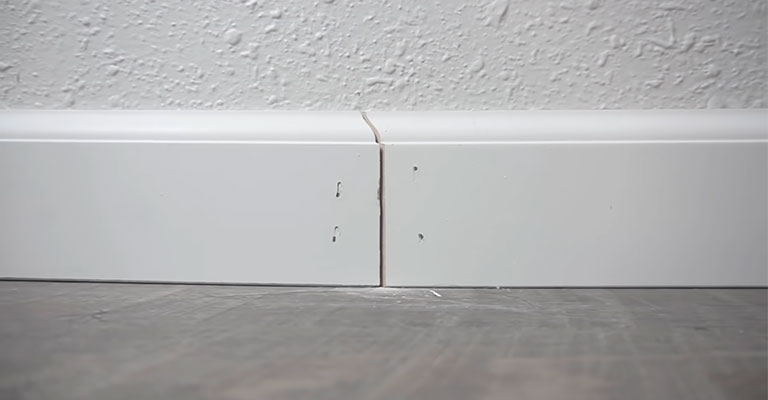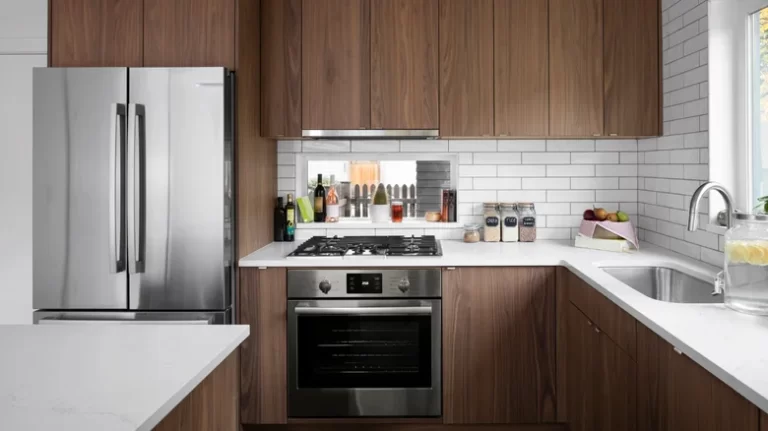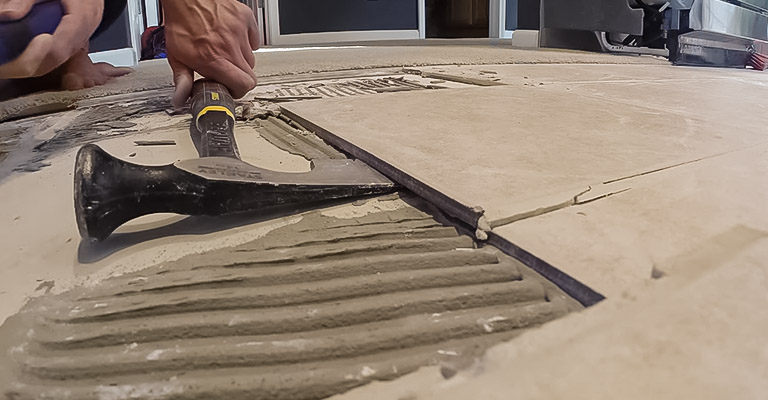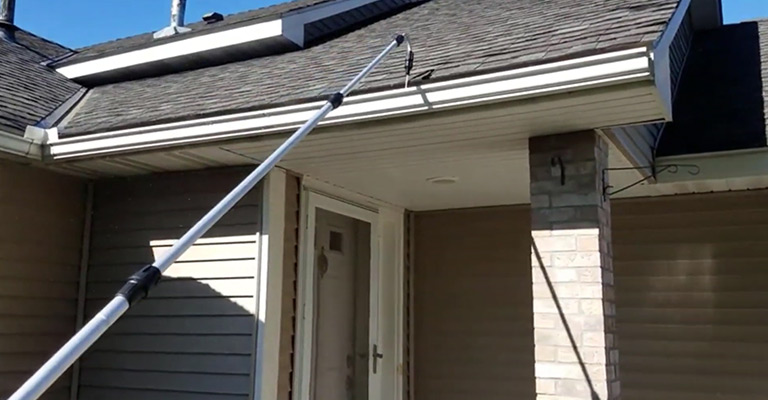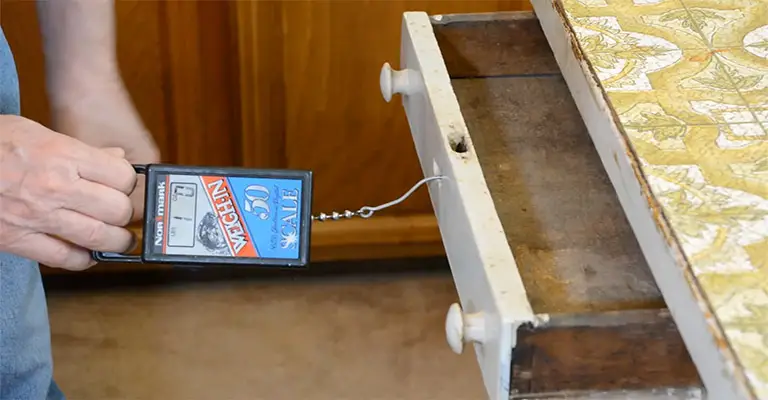Brown Stains Coming Through Paint – Causes And Fixes
Brown stains coming through paint can be a problem, but it’s not always necessary to replace the entire surface. The brown stains might have come from something that was left on the surface for a long time or from an oil-based paint that was applied too thickly.
A few different things can cause these stains. The most common is tanning oil, which is often left behind by construction vehicles or other machines that have been driving on the ground.
Rust is another common cause of brown stains, and it can come from old metal surfaces that have been exposed to rain and moisture for several years. Dirt and other organic materials can also be an issue if they are tracked into the building with shoes or pets.
There are ways to remove the stain without painting over it in either case. The brown stains are most likely from tannin oil bleeding out through the paint.
Why Are Brown Stains Coming Through Paint? – Possible Causes
Brown stains coming through a paint job can be a major issue for homeowners. There are many possible causes for this problem, and this article discusses some of the most common ones.
The most common cause for brown stains coming through paint is water in the paint film. This happens when the paint dries too quickly or when it is applied too thickly. The water will seep through the top layer of paint and will leave behind an unsightly brown stain on the surface below.
There are several ways to avoid this problem altogether, including using a slower drying type of paint or applying two coats of paint instead of one thick coat. However, if you have already experienced brown stains coming through your new coat, there are ways to remove them from your home’s interior.
Paint is made up of pigments, binders, solvents, and additives. The mixture can cause brown stains to appear on the wall’s surface when it dries. Some of the causes for this are:
Oil-Based Paint
When oil-based paint is used and dries, there is a chance that the solvents will evaporate and leave behind an oily residue on the surface, creating brown stains.
Binder
Paint is a liquid that can be applied to surfaces to change their color. The paint is usually mixed with water and various other ingredients, such as binders and solvents. The binder in the paint can cause brown stains as well. This occurs when there are too many solids in the pigment used in the paint.
Insufficient Amount Of Paint
Brown stains are often found on walls and ceilings, and several different things can cause them. One of the most common causes is due to an insufficient amount of paint being used for the surface area being painted.
If not enough paint is used, it will take much longer to dry, which means that more moisture will be able to seep through the surface before it dries completely. This means that there will be more chances for brown stains to form on the surface area being painted.
Moisture In The Paint
This can happen if the paint is not properly mixed and does not dry completely before being applied to a surface. Another possible cause is that the paint contains mildew, which causes discoloration when it comes into contact with water.
Using The Wrong Primer
The most common cause of tannin stains is the use of paint that does not have a tannin-stain-resistant primer. Tannins are organic molecules found in plants, which become more concentrated in the wood as it ages. Tannins can also be found in some types of tea, coffee, and wine.
A tannin-resistant primer is needed for some surfaces, such as cedar or redwood, that are more prone to tannin staining. Paint manufacturers often offer primers that are resistant to tannin stains.
Fixing Brown Stains Coming Through Paint
It’s important to keep adding coats of paint to the surface to prevent brown stains from showing through the paint. Also, it is to be expected that wooden surfaces will show wear and tear over time, so you will need to be careful to cover them carefully.
Due to the tannins present in the wood, brown stains appear through the primer. In addition, these tannins help the stains to be more apparent when painted in lighter colors.
The second coat of primer should be applied to the area and tested again. By doing this, the brown stain should diminish. You should act immediately if you see brown stains through your primer.
1. Apply Topcoat To Small Areas Of The Surface
If the tannin has bled through the primer, the topcoat paint must be reapplied. This is the best way to get rid of brown stains while painting, as it might be enough to remove them. If the primary layer of paint is a lighter color, it might not be enough in some cases.
Therefore, a small wooden surface area will need to be painted with topcoat paint. If the staining is still present, this method will help determine whether it has been removed.
This causes wood to bleed through white paint in many cases. Lighter colors tend to stain more easily. Try applying a topcoat and see what happens. You may be able to move on from this point. In that case, go on to step two and continue.
2. Look For Any New Stains
Upon applying the topcoat, you will want to look for any new stains that may have appeared. By doing so, you will learn if additional time-consuming measures are required.
As an example, imagine a brown stain poking through your new topcoat even as you apply it in the corner.
There is a possibility for this to happen, and it’s a good idea to compare what type of stain you had before and what is now occurring. As a result, you will be able to determine what the problem is with the paint and what can be done to resolve it.
3. Prime A Second Time
Applying a second coat of primer is essential when learning how to stop wood from bleeding through the paint. Maybe this is why brown stains are showing through the paint even after applying two layers.
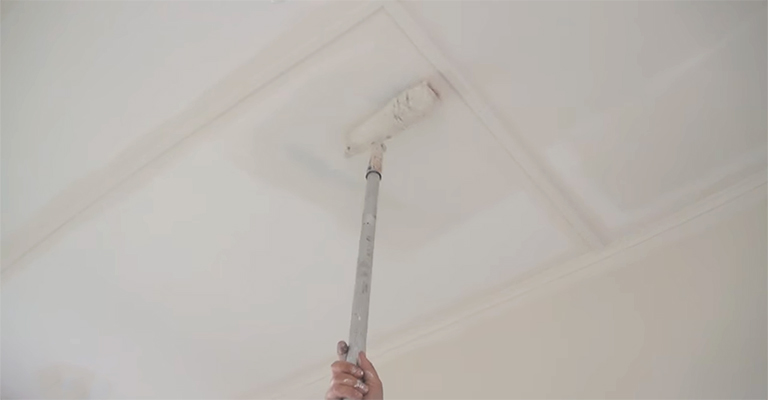
In addition to gaining additional coverage on the wooden surface, you should apply one more coat of primer. If the paint is not able to show through brown stains, this should provide relief.
To get the primer to settle nicely on the surface, you should apply it evenly. Once the paint is applied, there is no other way to make sure it looks good.
4. Let It Dry For A Longer Time
Rather than painting it immediately, you should let it dry for the entire day. Let the primer settle for at least 24 hours before painting on it. In most cases, people assume it’s okay to let the paint settle on the surface for a certain period.
Although traditional surfaces might be able to use this technique, wood isn’t going to be one of them. During the painting process, the primer still tends to spread on the surface due to its wet condition. As the brown stains will begin to show through, this is something you cannot afford with wood.
Effective Solutions for Stubborn Stains on Painted Surfaces
When dealing with brown stains that seep through paint, it’s crucial to employ a robust approach to ensure a clean, refreshed appearance. Initiating the process with a stain-blocking primer can significantly enhance the resistance against these stubborn stains. Particularly, shellac primer is renowned for its exceptional stain-blocking capabilities, making it an ideal choice for tackling challenging marks, including water stains and surfactant leaching. For areas exposed to the elements, applying exterior paint atop the primer provides an additional layer of protection, ensuring durability and longevity.
In cases where stains persist, oil-based primers are recommended for their superior coverage and ability to seal off stains effectively. Before primer application, preparing the surface with a damp cloth to remove any loose particles, followed by lightly sanding the area, ensures optimal adhesion and a smooth finish. For a high-resistance finish, consider applying a semi-gloss paint, which not only adds a layer of sheen but also facilitates easier cleaning, allowing future stains to be wiped away with minimal effort. By incorporating these steps, homeowners can effectively combat and prevent the recurrence of unsightly brown stains on painted surfaces.
Final Words
The following steps should be followed if your primer shows a brown stain. First, brown stains are recommended to be painted over with a second coat when the primer has come through.
The stains must be removed with a second coat of primer, and the whole day must pass before applying the third. The brown stains will disappear as a result of this. Whenever stains are showing through the paint, it is essential to take your time.
Ensure the coverage is as even as possible, and don’t rush it. If you have issues with brown stains or any stains under the paint, this will go a long way to getting rid of them. You can use the best primer to hide the imperfections.

